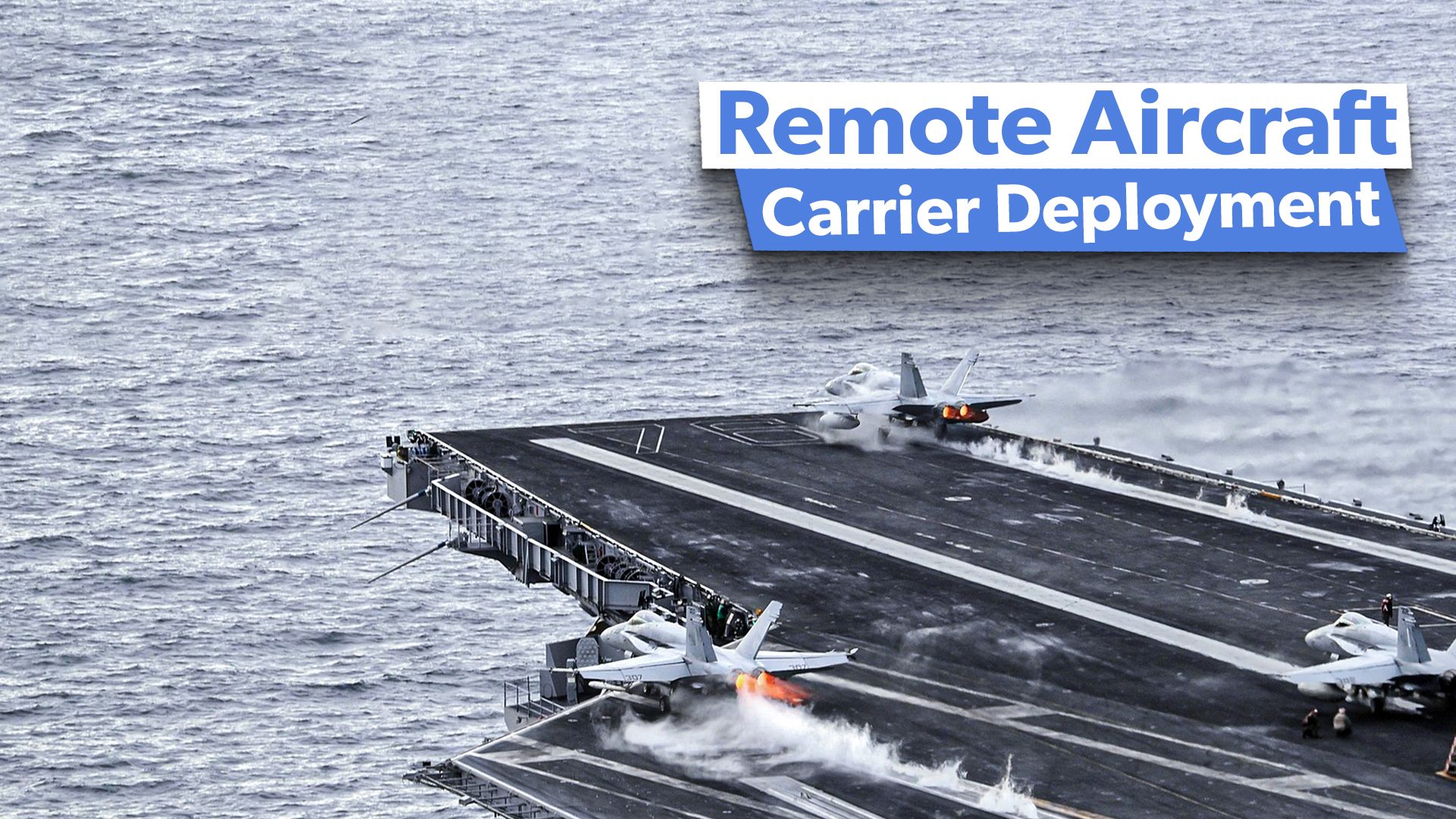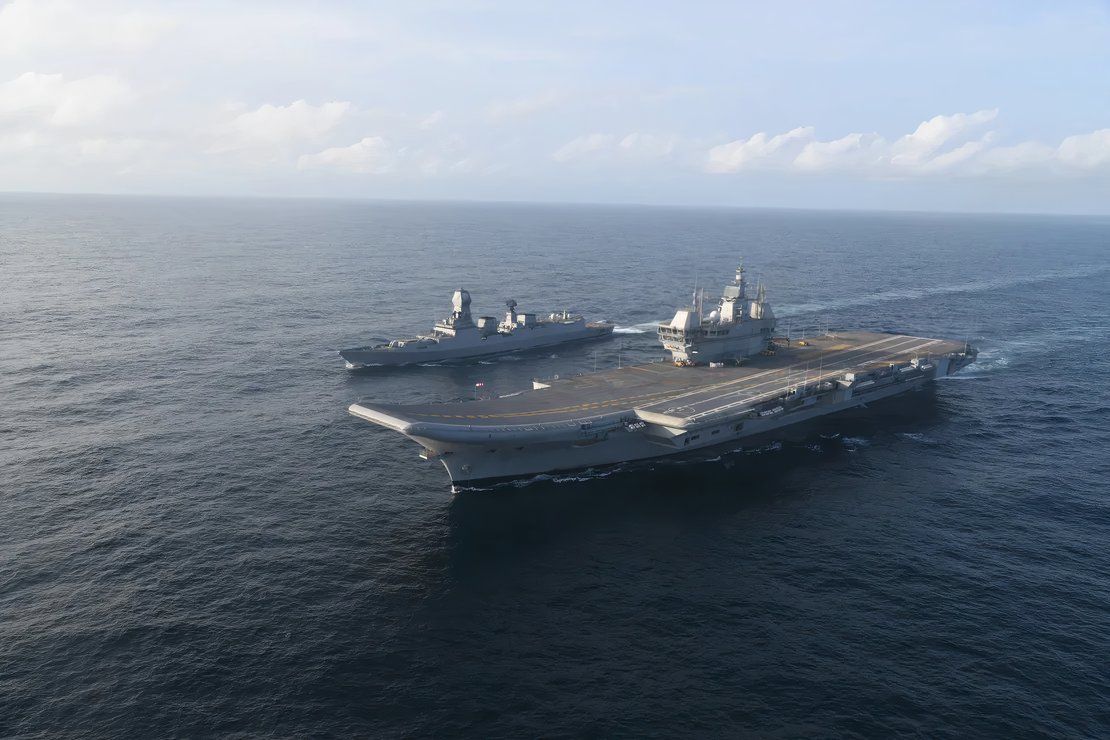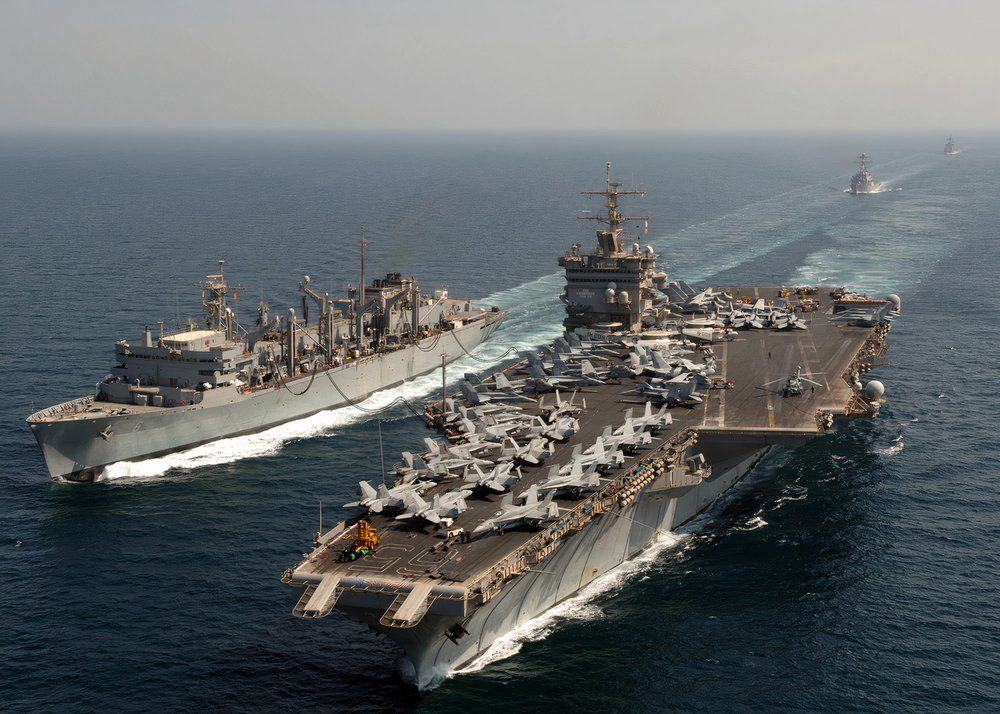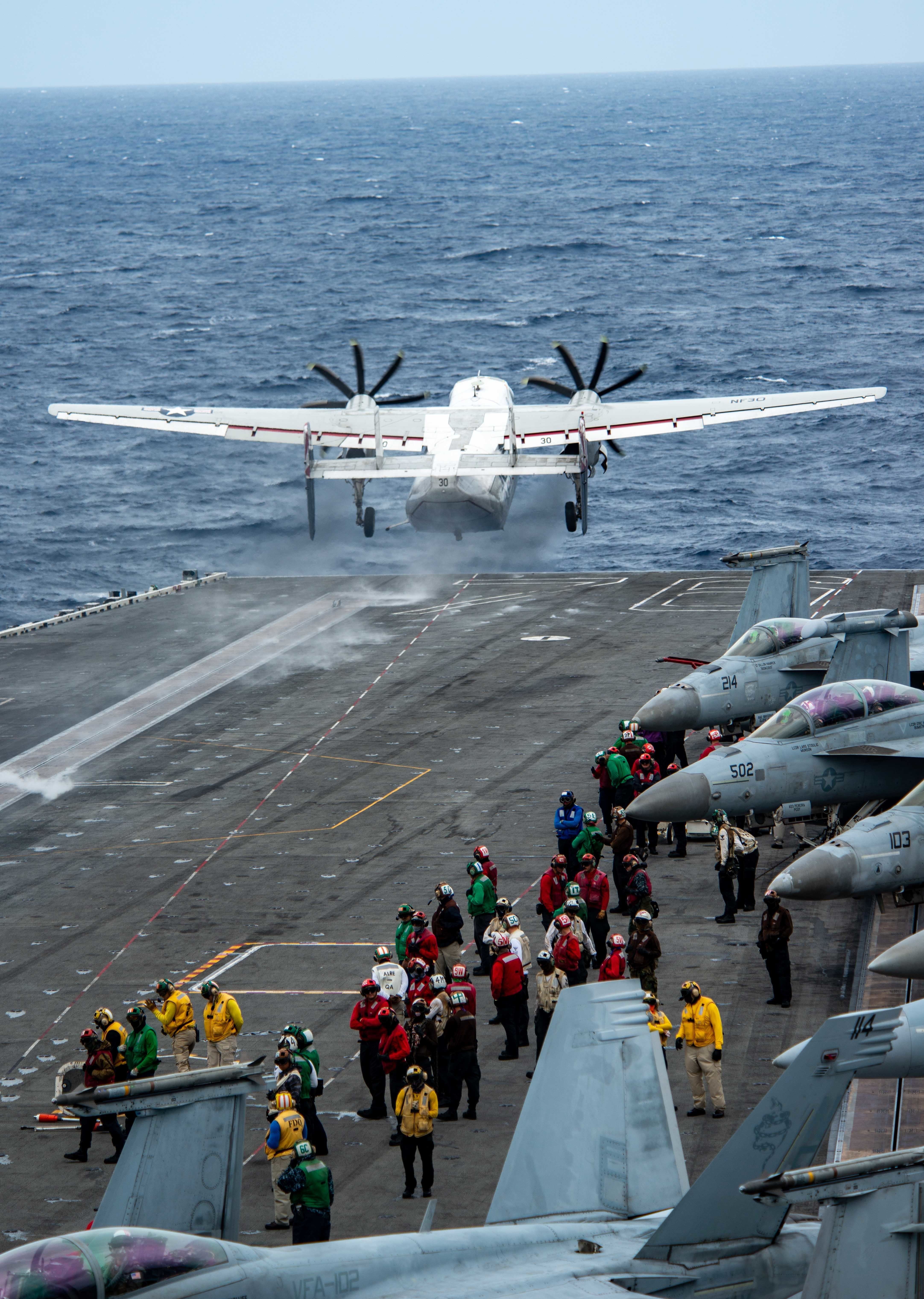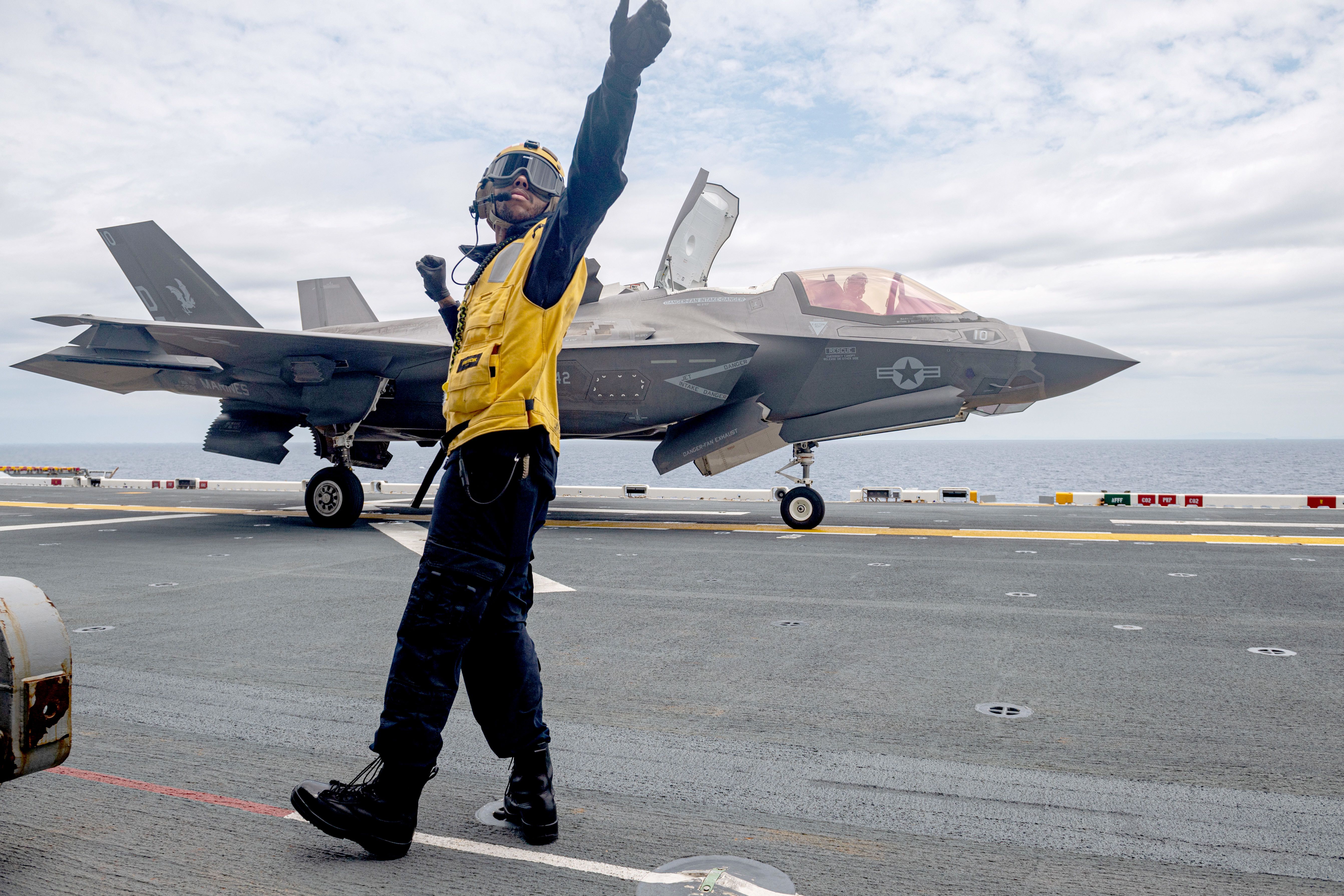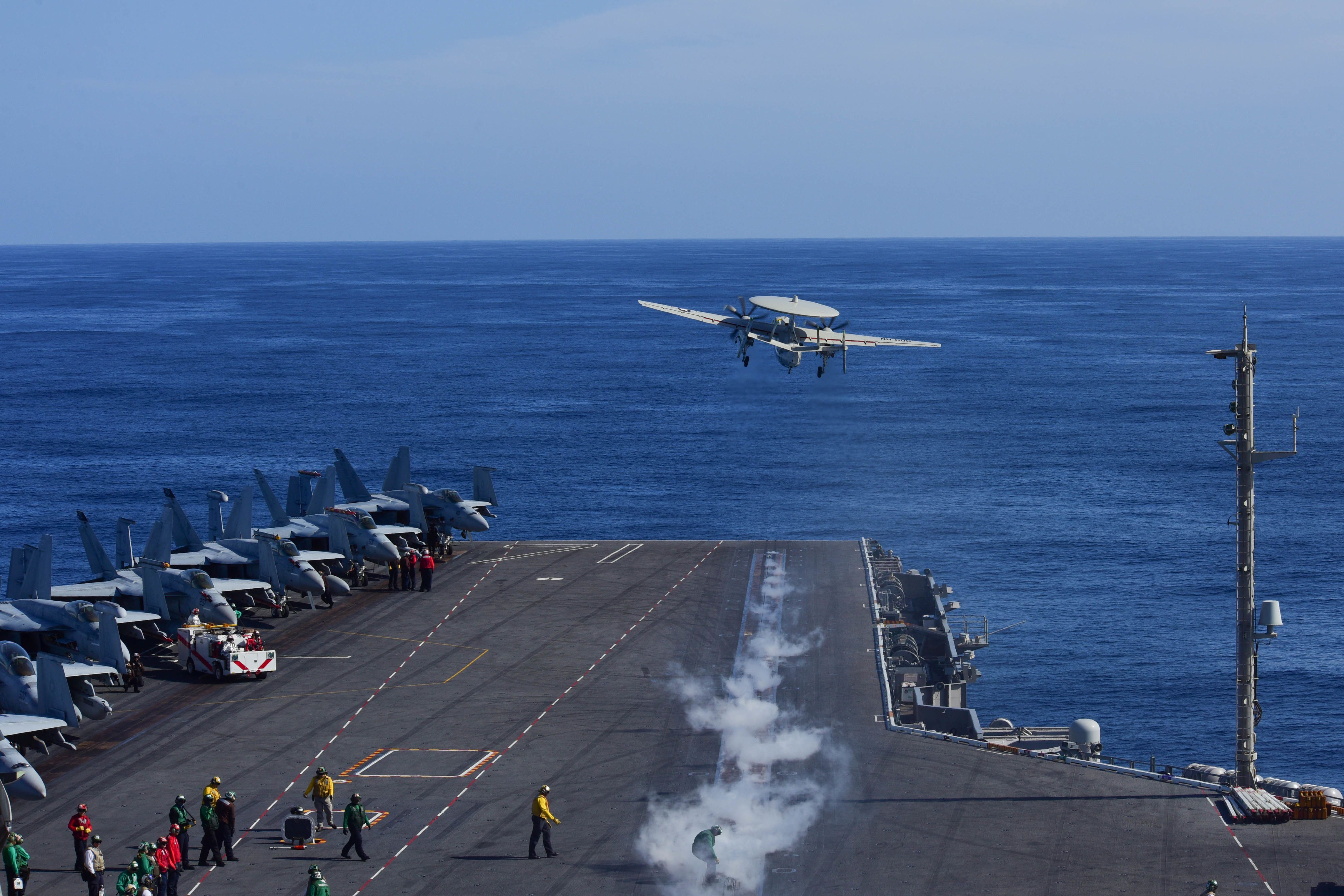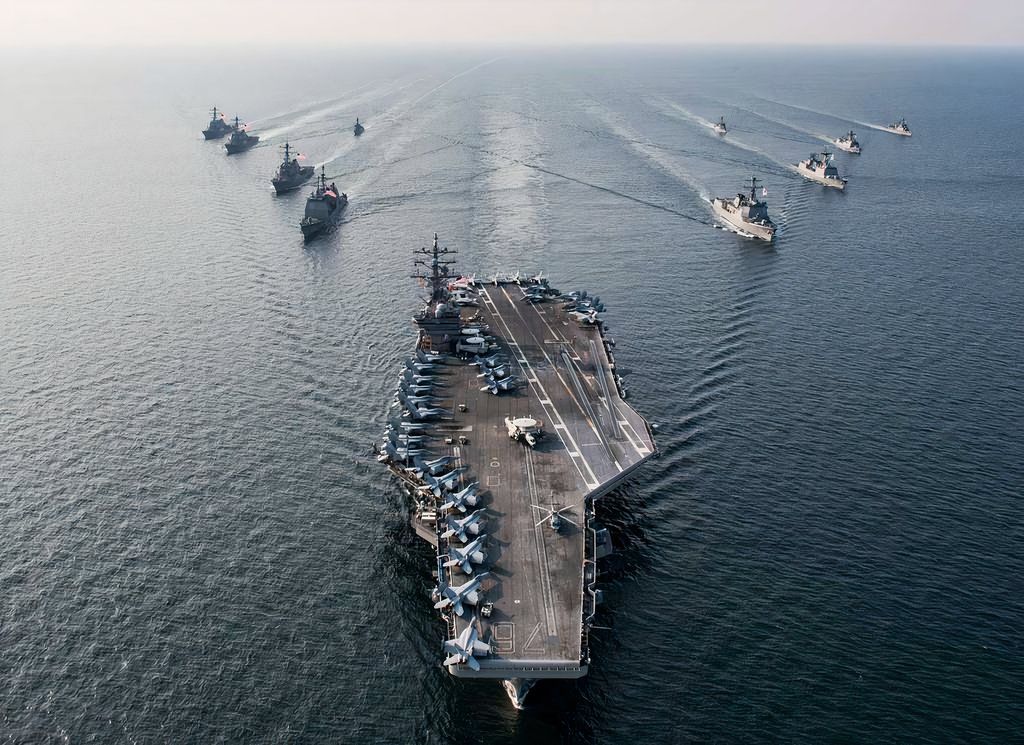Summary
- Aircraft carriers require large amounts of supplies and fuel with high logistical costs, especially in remote regions.
- Maintenance and maneuverability are key operational concerns for worker safety and aircraft effectiveness.
- Logistic challenges in remote areas impact resupply during conflicts, especially during global disruptions like pandemics.
An aircraft carrier is a massive vessel that can launch and recover fighter jets, helicopters, and unmanned aircraft systems. It depends on large amounts of aviation fuel and replenishment of water and food supplies, which creates high logistical costs in remote regions. While deploying aircraft carriers to remote regions might have strategic value, overcoming the logistics problems will require cooperation.
It typically runs all day and night, seven days a week, with a few thousand people working and living together. Likewise, the medium-sized Vikrant of India contains about 2,200 compartments for over 1600 crew members, including specially constructed rooms for males and females. Inside, there is a fully functional medical complex with an isolation ward, modular operation unit, ICU, labs, and dental complex.
Photo: Indian Navy
On the other hand, the busy operational platform primarily concerns worker safety and the effectiveness of aircraft takeoff or landing. Aircraft carriers are limited in maneuverability, which affects air defense and endangers carriers, leading Russia to invest more in submarine programs.
Lengthy maintenance periods determine an aircraft carrier’s operational availability. Moreover, the carrier’s nature of employment is also determined based on geopolitical conditions, similar to the Chinese power in Southeast Asia, which triggers balanced countersteps among the regional states and other regional powers.
Aircraft Carrier Logistical Operations
Aircraft carriers consume a lot of aviation fuel and food provisions for the crew. They also need tools and spare parts to keep the carrier and its aircraft running. During wartime, they require extra ammo, gear to fight fires, and equipment to manage damage.
Photo: US Navy
When it’s time to restock, helicopters or supply ships drop goods off on an aircraft carrier, this process is called replenishment at sea (RAS). Efficient waste management is also necessary to keep living areas safe and reduce the environmental impact of hazardous materials, oils, and sewage.
The Forward Logistics Site (FLS) sends cargo to the aircraft carrier. This cargo includes supplies, mail, and personal baggage. The Carrier Onboard Delivery (COD) also moves passengers, and each flight carries around eleven people.
The delay of high-priority cargo while increasing that of low-priority cargo raises concerns during the carrier’s operation. Despite the C-2 Greyhound‘s larger cargo space, slightly faster cruise speed, and extended range, the US Navy planned to replace the C-2A aircraft with a variant of the V-22 Osprey. The V-22 Osprey can take off and land vertically, and it is more adaptable to various missions. The V-22 has a maximum payload of 20,000 pounds (9072 kg), while the C-2 only has a maximum payload of 10,000 (4536 kg).
Photo: US Navy
Fleet Solid Support (FSS) ships provide logistical support for aircraft carriers engaging in long-term maritime operations. This ability gives the Navy the strategic reach it needs to sustain a conspicuous presence in critical theater locations globally. Besides, FSS ships play a part in humanitarian and disaster relief by sending out necessities in times of emergency.
Aircraft Carriers’ logistics sites
Fleet Logistics Sites (FLS) are necessary to operate the aircraft carrier during a prolonged deployment. They enhance the execution of mission capability and operational reach. Logistic support also allows a carrier to maintain fast operations even when sudden situations arise and access the region that matters most.
Photo: US Navy
The United States has operated 11 aircraft carriers so far, all linked into one network of logistics backup facilities and collaborative defense worldwide. The US Navy is establishing larger naval logistical centers to counter geopolitical challenges. A new naval logistics hub will be established in India, which is not far from the Naval Supply Systems Command Fleet Logistics Center in Bahrain.
Photo: US Navy
Recently, China initiated a logistics infrastructure to maintain long-term military capabilities, including aircraft carriers. Djibouti’s military base is located at the entrance of the Red Sea, while ports like Gwadar are in Pakistan, and Hambantota is in Sri Lanka. Furthermore, China’s involvement with Ream Naval Base in Cambodia expands its military presence in the South China Sea.
This development will impact global security influences, particularly in regions where China seeks to assert its power. While Russia’s growing military presence in the Arctic has resulted in NATO placing more emphasis on the remote regions again.
Challenges of deploying aircraft carriers in remote areas
The Carrier Strike Group (CSG) normally comprises one aircraft carrier, two guided missile cruisers, two anti-aircraft warships, and one or two anti-submarine destroyers or frigates. The CSG is organized around an aircraft carrier that provides surveillance and logistical support. As a result, supplying the group with logistical support will become problematic in isolated places. Threats may increase during conflict due to enemies’ movements, weather, or supply chain issues.
Photo: US Navy
A pandemic can disrupt global supply chains, making it more difficult to obtain essential goods such as food and medical equipment. Port closures or restrictions can complicate resupply. Demand for isolation units and medical personnel will increase for health outbreaks.
This is similar to when 1271 crew members (26.6%) tested positive for COVID-19 infection through PCR testing, with over 1000 infections detected within 5 weeks—55.0% experienced symptoms at any point during the clinical course on the U.S.S. Theodore Roosevelt, a nuclear-powered aircraft carrier.
Signal degradation and limited bandwidth impact real-time communication with distant support units in remote deployments, especially in challenging weather conditions. Delays in coordination with command centers can slow decision-making processes and limit the ability to respond quickly to unexpected challenges.
The nuclear-armed Soviet submarine B-59, located in international waters near Cuba, lost connection with its command center, and its submarine captain fortunately decided against a nuclear strike in October 1962.
Additional costs for extended deployments include higher salaries for specialist personnel, such as engineers, medics, and logistics experts. Disapproval of personal emergency leave for immediate family or a single surviving relative can also cause disturbance among the crew.
As global security emerges, aircraft carriers will continue to deter threats. Adapting to emerging technologies and geopolitical changes will increase their capabilities. Advanced defenses, onboard fuel production technologies, and the integration of unmanned aircraft systems (UASs) can enhance logistical support.

